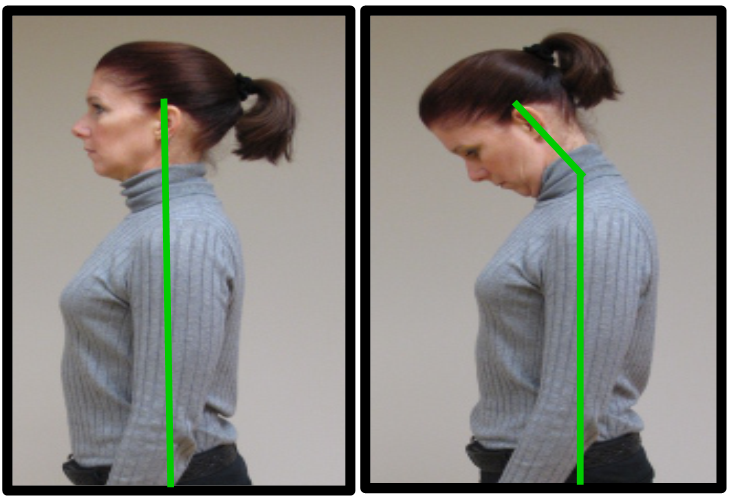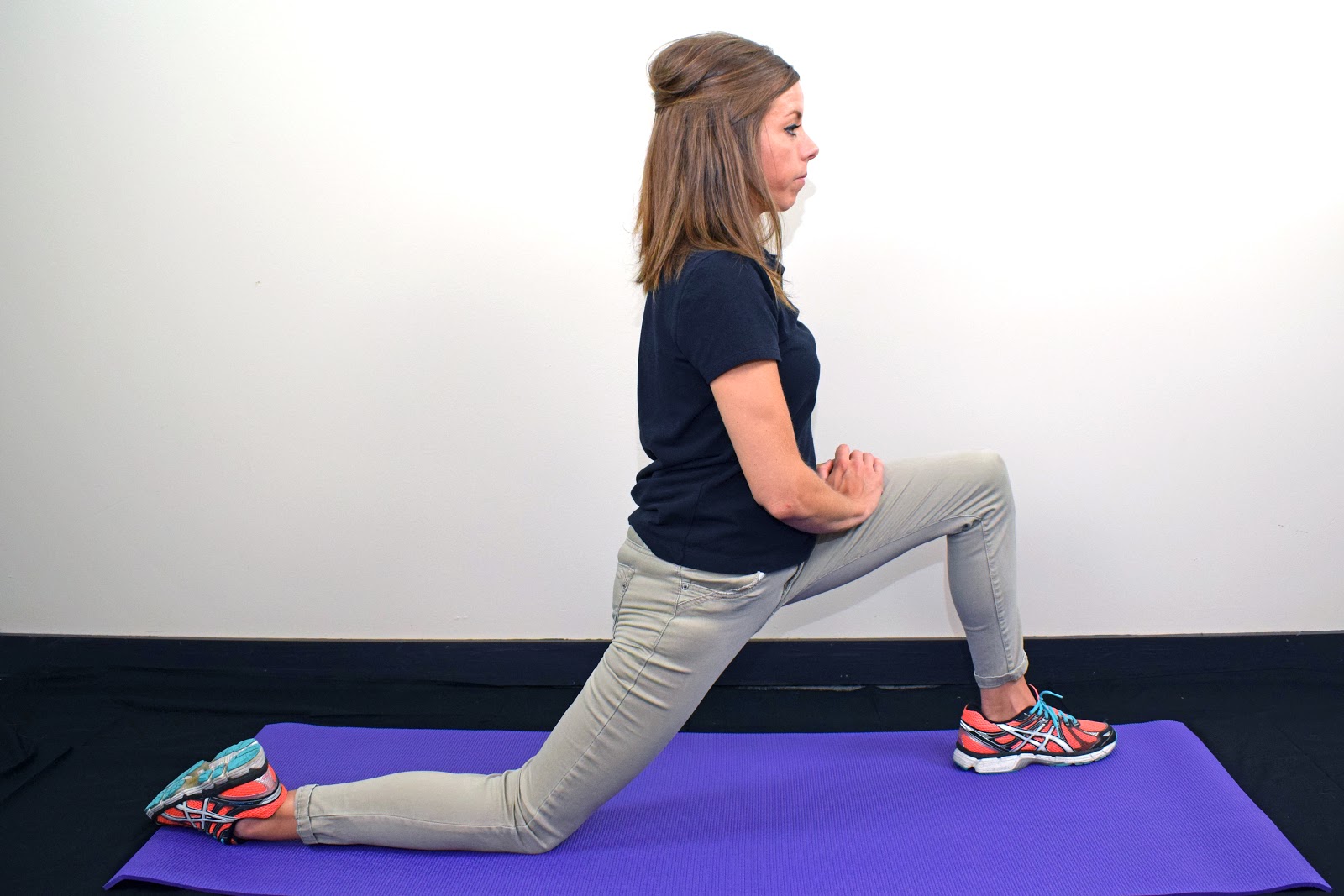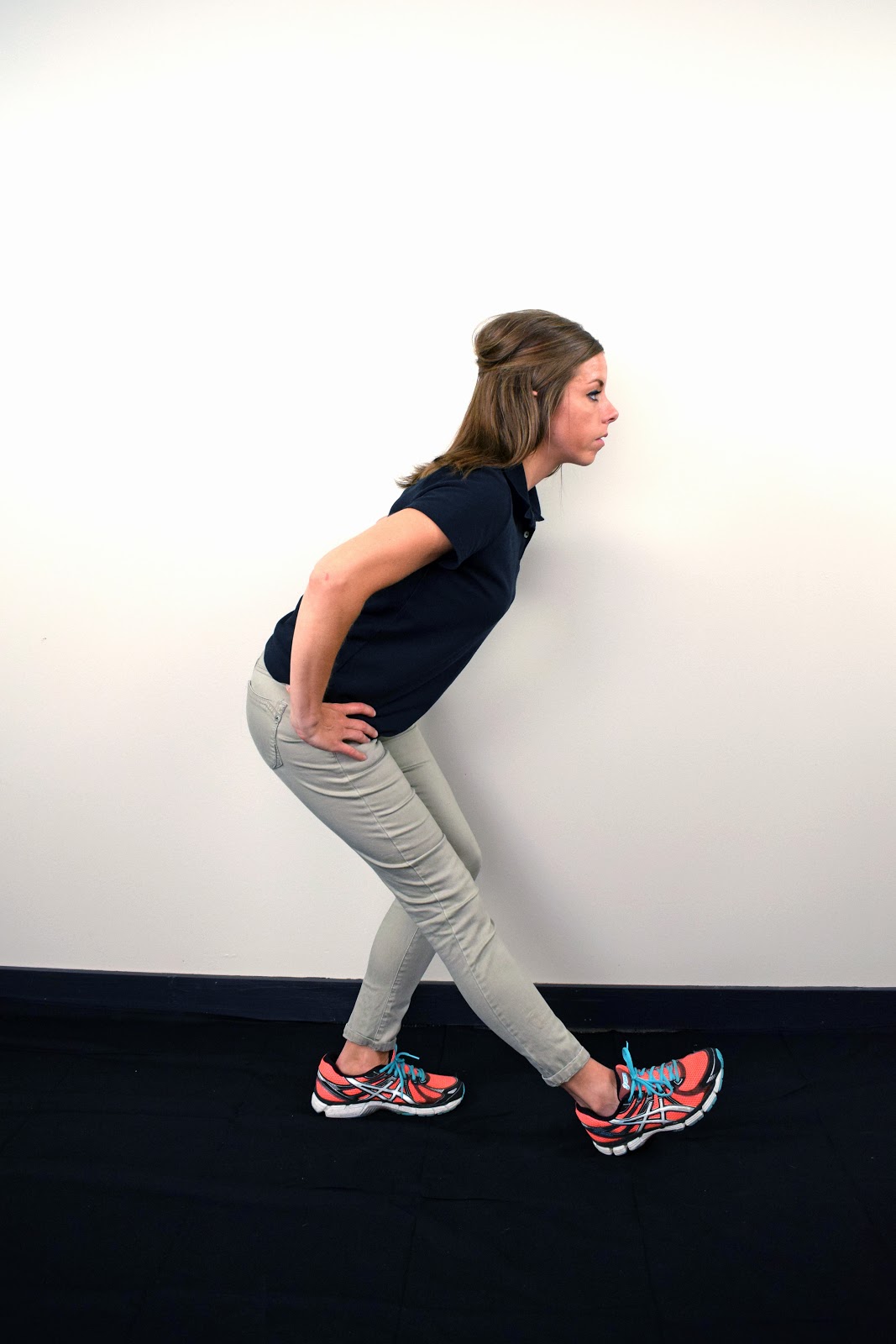Best Postures For Standing, Sitting, And Lying Down

You’ve probably heard it before. Standing, sitting, or lying down, you can’t underestimate the importance of having proper posture. Poor posture will harm your health, and can affect every aspect of your life.
Whether you’re at work or home, you need to be aware of how you stand, sit, and even lie down at night. Not only will your body feel better, but you can also improve your overall health.
What is Posture and Why Is It Important
How you hold your body when you’re standing, sitting, and lying down is your posture. When you have good posture your body is aligned and your muscles support you. Poor posture results from and further promotes muscle imbalance – when muscles are too weak, too tight, too long or too short to work efficiently and hold your body in proper alignment.
When muscles are balanced properly they support your posture and help you move with efficiency and ease.
The Importance of Good Posture
When you have proper posture, you’re reducing the amount of strain you place on your muscles and joints. Good posture decreases your risk of developing joint pain and degenerative arthritis. You also reduce your risk of injuries due to repeated stress and strain.
Another benefit of having good posture is having more energy, since your muscles aren’t overworking.
To maintain good posture you do need to have strong, flexible muscles. You don’t have to work out at a gym daily after work, your normal routine can help with this. You also have to be conscious of how you sit, stand, and lay down so you can correct your posture when you start slouching.
Best Posture for Standing
The best posture for standing is called “neutral spine”. Your spine has 3 natural curves – one slightly concave in your neck (cervical spine), convex in your upper back (thoracic spine) and concave again in your low back (lumbar spine). Although slouching over may feel comfortable at first, it puts unnecessary strain on your muscles. Some jobs require you to stand for long periods, and you’ll certainly feel the effects if you don’t have proper posture.
Neutral spine may feel a little foreign at first, but as you train your body to stay aligned, you’ll feel the positive effects of decreased stress.
If you want to have the best posture for standing, here are a few guideline to follow:
- Maintain neutral spine. Imagine a plumb line dropped from the top of your head to the floor… The center of your ear should align with the tip of your shoulder; then align with your hip and lateral malleolus (outside “ankle bone”).
- Keep your weight balanced slightly forward on your your feet, not back in your heels.
- Keep your knees slightly bent, not locked out.
- Place your feet shoulder-width apart for a good base of support.
- Let your arms hang down naturally unless you are performing a task.
- Keep your back straight and stand up to your full height. You can do this easily by remembering two simple cues:
- Imagine someone is lifting you up toward the ceiling by the top of your head
- Lift your breastbone up by just an inch. This small lift changes your spinal curves, but keeps you from fatiguing in an attempt to stand up so straight that you can’t maintain it.
- Keep your abdomen tucked in – muscles engaged, and your shoulders back.
- Keep your head level, without pushing it forward, back, or to the side. Remember, your ear should align with the tip of your shoulder!
If you are standing in one place for a while, shift your weight back and forth from your heels to your toes. You’ll still be practicing the best posture for standing while also relieving some of the tension that builds ups. Just avoid shifting your weight too far to one side, or settling it into one hip. This can put undue pressure on your knees and lower back.
Best Posture for Sitting
When you sink into a comfy chair after a long day of standing at work, or when on break in the middle of it, the last thing you’re worried about is your posture. This is a mistake that could affect your health. It doesn’t matter how good it feels to sink down in your favorite chair, you still need to have the best posture for sitting and relaxing.
Or, if you have to sit for work all day, then it’s just as important to make sure you’re doing it properly.
Having the best posture for sitting doesn’t mean that you’ll be rigid and uncomfortable. You can still relax and have good posture. If you’re not sure if your posture is correct when you’re sitting at work or home, here are a few tips:
- Keep your feet flat on a level surface, either the floor or a footrest.
- Do not sit with your legs crossed; instead, keep your ankles in front of your knees.
- Keep your knees level with your hips and away from the edge of the chair.
- Make sure your middle and lower back are supported and keep your shoulders relaxed.
- You can practice the neutral spine cues in sitting postures, too.
Even when you have the best posture for sitting, it’s still important to take breaks to stretch your muscles. If you sit all day for work, make sure to take breaks to stand, stretch, and walk around – sitting shortens your hip flexor and hamstring muscles, putting strain on your lower back, so pay extra attention to those areas. Try these two key stretches:
Hip Flexor Stretch:

Start by kneeling with one leg out in front of you. Lunge forward with front leg, keeping knee behind your toes. Press your hips forward and keep your torso upright to feel a stretch in the front of your hip. Hold for 10-30 seconds.
Hamstring Stretch:

Place one leg out in front of you, foot flexed. Bend the opposite knee as you “sit” pressing your buttocks back. Keep your chest lifted. Feel this stretch in the back of your thigh. Hold for 10-30 seconds.
Best Posture for Lying Down
As great as it feels, it’s not a good idea to flop into bed and fall asleep. There is a best posture for lying down that will ensure you sleep through the night.
The first step towards having good posture and a great night’s sleep is finding the right mattress. You’ll find that firm mattresses are recommended to give you the best postural support. If you tend to prefer a softer mattress, be sure it has sound structure. It shouldn’t have a pit in the middle where you last slept! When you’re choosing a mattress, the most important thing is your comfort.
Avoid sleeping on your stomach, as it can put too much pressure on your low back. Often, people find their best posture for lying down is on their side. This is a great position for your back. Placing a pillow between your knees will align your spine and ensure a comfortable night.
Find Your Best Posture With Work-Fit
Your posture affects your health, and can impact your job performance. Whether you’re standing all day, sitting at a desk, or lying down, there is a best posture.
At Work-Fit, we understand how important it is to stay healthy, and this includes having the best posture for standing, sitting, and lying down. We will help you have the best posture for whatever your job entails.
We are here to answer any of your questions and explain the services we offer. Contact us today to learn how we can help.



